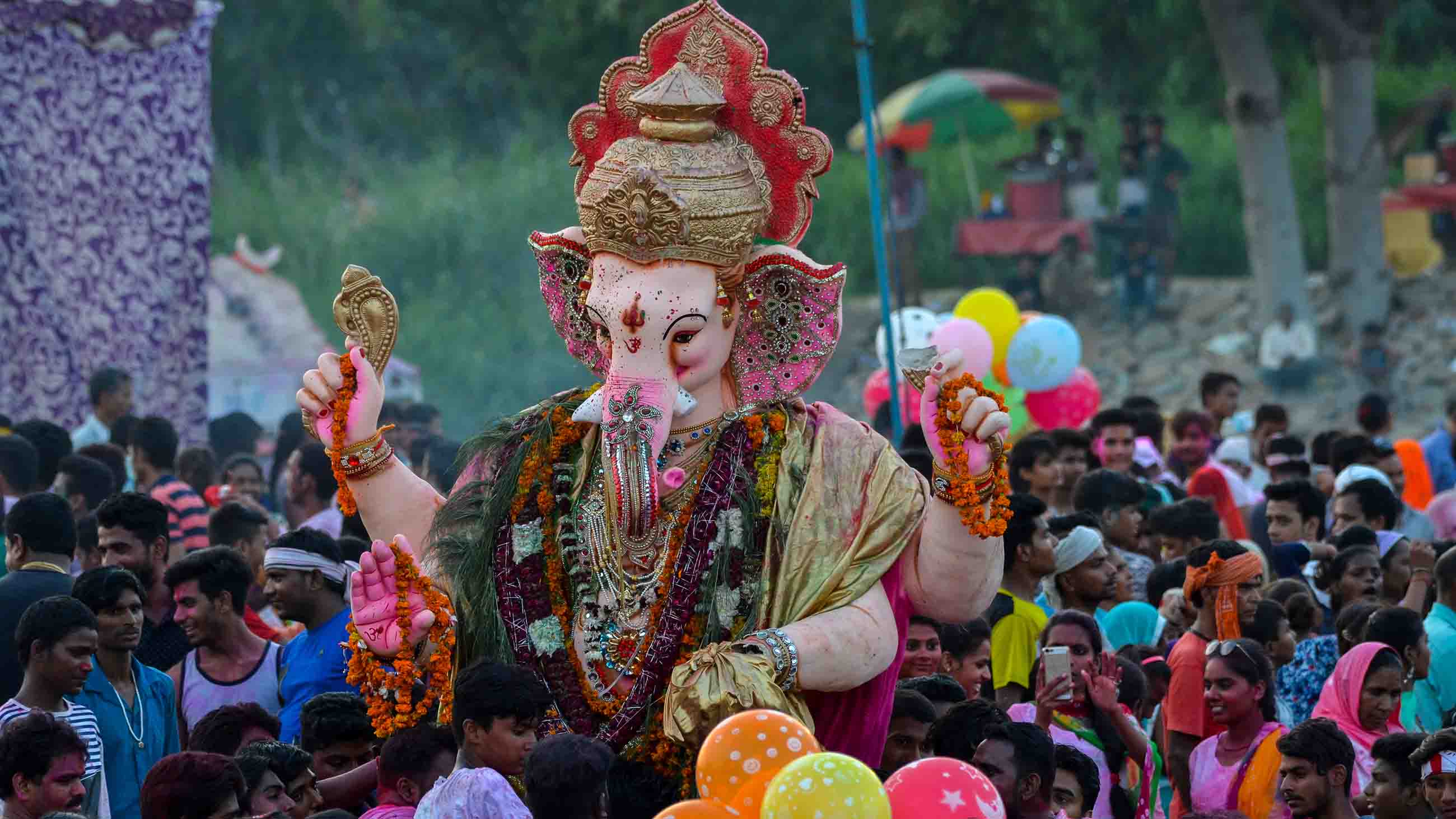N 1920, Srinivasa Ramanujan, an Indian mathematician, succumbed to what was probably amoebic dysentery at the age of 32. But even though his lifespan was short, Ramanujan’s work continues to influence mathematics today — from number theory and infinite series to continued fractions — and he is just one of many influential Indian researchers whose efforts have helped to form the foundations of science. These include the space scientist Venkatraman Radhakrishnan, and Subrahmanyan Chandrasekhar, co-winner of the 1983 Nobel Prize for Physics.

“I fear that this could lead to a situation where such claims — propagated over and again — might eventually enter our textbooks.”
None of these individuals, however, were discussed at a lecture in Mumbai in September. Organized by a group called “Bharatam Reawakening,” the meeting — and the group — aim to glorify India’s past and the contributions of their ancestors to the world, even if it means taking a detour into the fantastic and the unlikely. The talk itself was titled “Vaimanika Shastra,” which means “Aeronautical Science” in Sanskrit, and at its heart is the claim that an ancient Indian civilization had developed aeronautical technology centuries before the Wright Brothers flew their first plane. A small but significant number of Indians believe that the mention of flying vehicles in Indian mythology is evidence that such technology was already created by their ancestors.
It’s just one of numerous fantastical ideas, fueled by a toxic mix of misinformation and brewing Indian nationalism, that have long percolated through Indian society. In the northwestern city of Jodhpur, one such theory suggests, there is ample evidence of an ancient nuclear war. And even the country’s own prime minister, Narendra Modi, has claimed that the Hindu god Ganesha — depicted as having the head of an elephant and the body of a human — provides evidence that ancient Indian doctors had mastered cosmetic surgery.
Read full report on Undark
